- Solid build
- Decent range
- Sleek design
- Smartphone-integrated tech
- On the expensive side
- High crossbar not ideal for shorter riders
- A bit heavy
- Disc brakes not hydraulic
Assisted Range: 60 miles Top Assisted Speed: 15.5 mph Cost/Mile (@52p/kWh): 0.3p
Introduction
Electric bikes are getting more sophisticated. They’re not just a motor and battery shoehorned into an existing design anymore. Some manufacturers are now designing their ebikes specifically around electrification – and adding connected features as well. One company leading this charge is Californian-based Bird, which entered the UK market a few months ago.

It already has a burgeoning ebike and escooter hire business across the US and Europe, which requires connectivity, and you get some of that with the purchasable bikes Bird has launched in the UK. The company’s first release is the solid-looking commuter BirdBike, which appears to be channelling a bit of VanMoof styling (or was it the other way round?) With the company’s success in the US, can it repeat this in the UK?
Price and Options
There are officially two versions of the BirdBike – step over A frame and step through V frame. We tested the A frame version, because the V frame version isn't available in the UK yet. Three different colours are available – Stealth Black, Gravity Grey, and Starling Blue. Initially, Bird had an exclusive deal with Halfords, but you can now also purchase this ebike from other retailers.
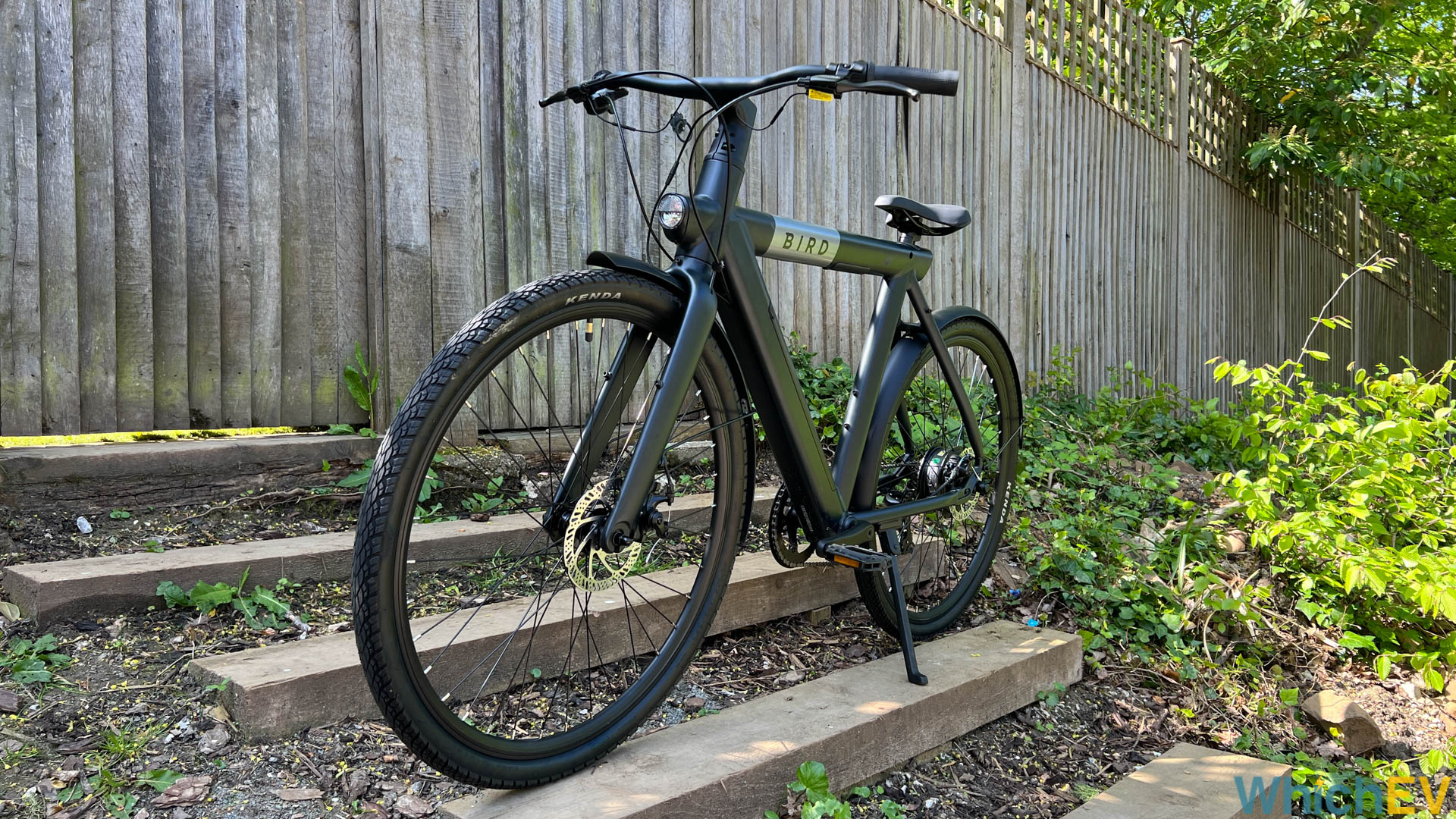
At launch, the price was £1,999, and this was still the case when we recorded our video review. But since then vendors have knocked £500 off the top, including Halfords, making for a much more reasonable £1,499. This is still on the premium side but sits alongside popular brands such as Carrera and Raleigh. Boardman and VanMoof ebikes are a lot more expensive.

All versions of the BirdBike have the UK-limited 250W motor and a 346Wh, 36-volt removable battery. The motor is manufactured by Bafang. That’s a Chinese brand but well regarded for the quality of its manufacture. The BirdBike comes with a two-year warranty, and Halfords offers some premium aftercare options on top of this.
Design
The BirdBike looks rather mean in Stealth Black, but the other two colours are tasteful as well. The overall design has a very robust feel about it, with mountain bike vibes, although this is very much a road bike. The simple, unfussy A frame gives the BirdBike a considerable resemblance to a VanMoof ebike.
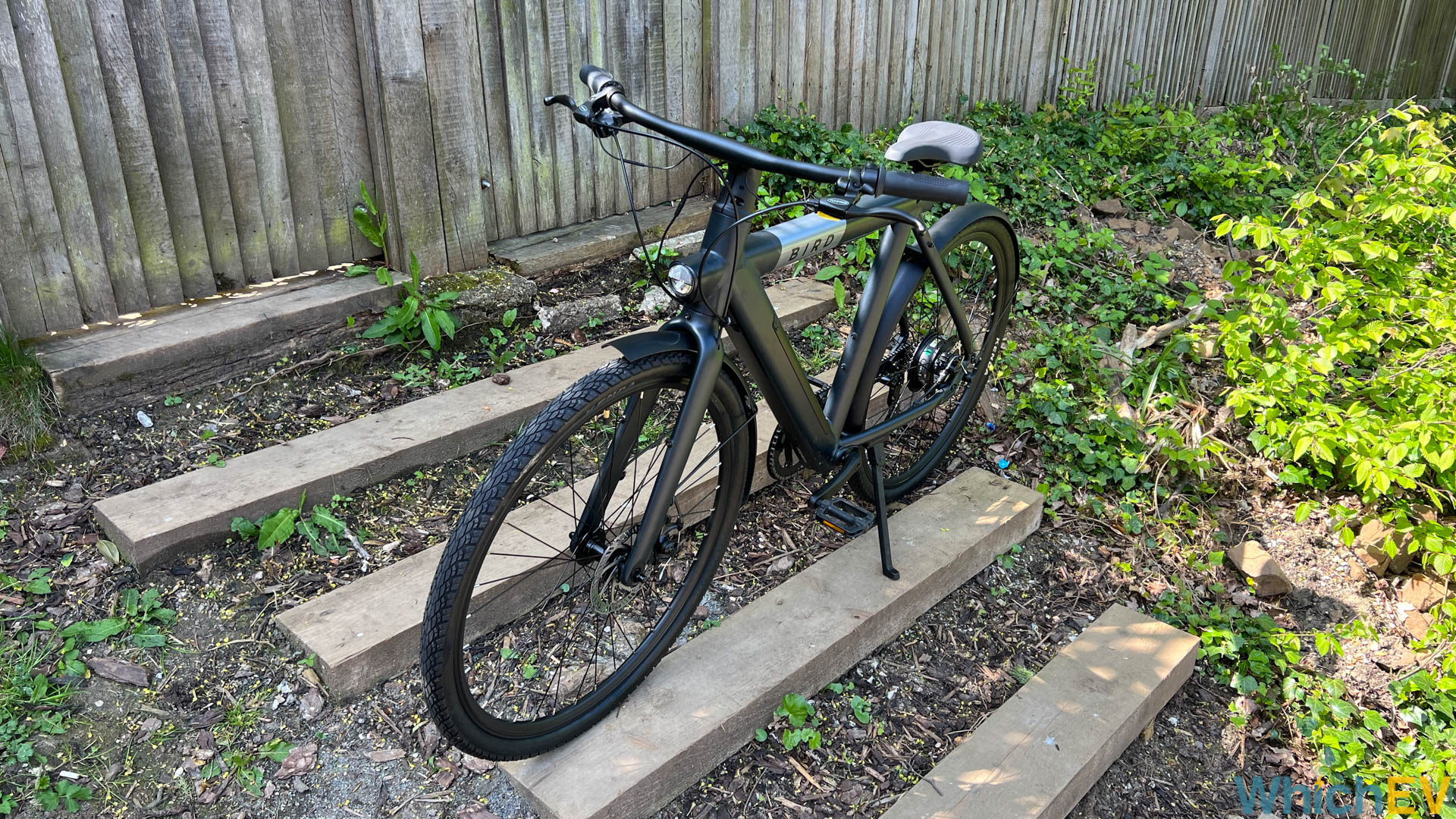
The motor is in the rear wheel hub, rather than the crank. A crank motor can deliver more precise power tailored to your riding style, but a hub motor is still great for an everyday commuter bike, and cheaper too.
Although the look of the BirdBike is stylish, the top bar is quite high and thick, with drawbacks we will discuss in the next section. The battery is not located in this crossbar, but in the diagonal part of the frame. There's a sturdy integrated kickstand.
Thanks to the solid build of this bike, it weighs just under 23kg. This isn't too bad considering the thick frame design, but there are alternatives that are a few kilograms lighter. Bird calls the wheel size 28in, but the wheels are 700C, which is 29in, and a standard size for this kind of bike.
Most ebikes have quite a bit of cabling, but the BirdBike has a lot of this in front of the handlebars that could catch on a bike rack, and the wires are quite thin. There’s also a front-facing notch on the handlebar upright that will catch water if you’re riding in the rain. It would have been better if this was covered or facing backward. It’s also surprising to see plastic pedals on such an otherwise solid and well-constructed bike.

On the other hand, although the wheel spokes are not a premium type, there are a lot of them, so the wheels will be very robust and able to avoid pothole damage. The tyres are also puncture resistant ones from Kenda, which will be great on the terrible road surfaces we have in the UK.
Ride Comfort
The BirdBike is no racing road bike. It's meant for commuting and general urban journeys. But the Kenda tyres are somewhere between a road bike and a mountain bike, although they have a solid central section so should still be efficient. The fatness will help soften out some of the bumps in those poor British road surfaces.

However, there is no suspension, which is questionable when some commuter bikes at least have this on the front forks, such as the Mark2 X-Cross 450 and 520. The saddle is a little firm for our liking, too. That seat is also hard to adjust because you have to remove a lug on the side and use a tool, rather than having any kind of quick clamp. On the other hand, nobody is going to be stealing your seat anytime soon. It’s too hard to remove, and most thieves wouldn’t even be able to work out how.
Our least favourite aspect in the comfort department, however, is that this is also a bike for a reasonably tall person. Officially, supported heights are between 173 and 190cm, which is 5ft 8in and 6ft 3in, and up to 120kg. But even someone 5ft 10in could find their nether regions firmly resting on the crossbar when their feet are on the ground. That high crossbar also makes getting off and on harder than it should be. Both of these are problematic for a commuter bike where you might be stopping a lot for traffic lights.
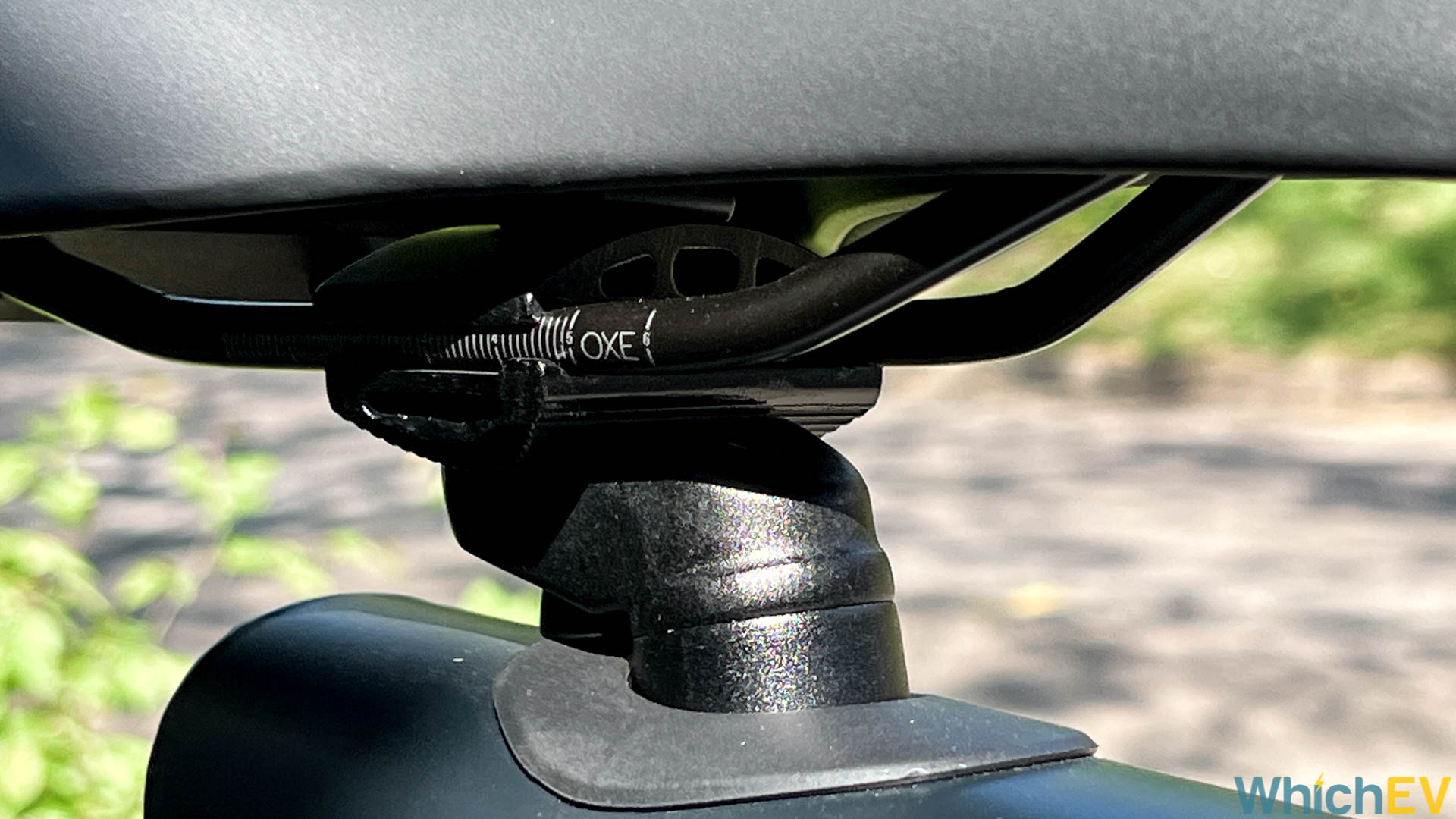
However, if you're shorter the V-frame version will accommodate people down to 5ft. It's also going to be a lot easier to get on and off when riding in start-stop commuter traffic. We hope it arrives in the UK eventually.
Storage
The BirdBike doesn't come with any built-in cargo system, but there are lots of potential options, with fixing bolts for all manner of attachments. There are some on the rear for a luggage rack or panniers.

There are fixings on the front for a basket or front panniers too. You even get fixing bolts on the diagonal bar in the central frame for attaching a water bottle. So overall there are plenty of options, even if none of these options are available as standard extras from Bird itself.
One of the most impressive things about the BirdBike is how seamlessly the electrical controls are integrated into the design. The LCD display is set into the top of the handlebar upright, and you might not even notice it's there when off. Turning the system on requires a long press on the power button on the left side of the handlebar. Nearby plus and minus buttons then vary the motor power. There's also a walk mode enabled by holding the negative button for a couple of seconds, but it won’t engage without you starting to push the bike a little yourself.
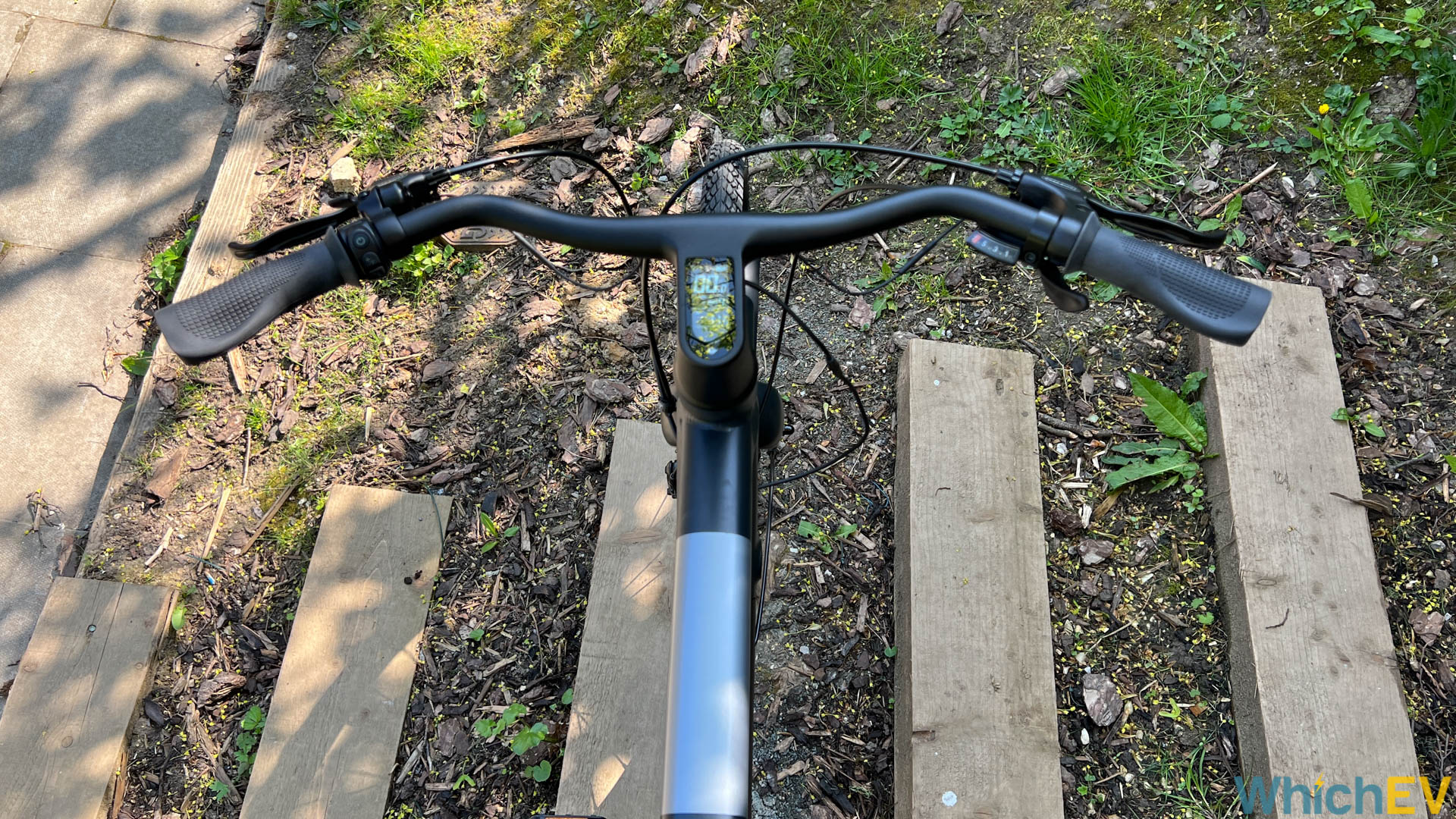
The small LCD shows remaining battery at the top, speed under that, then the level of assist, and finally a trip meter at the bottom. The latter can be toggled between single trip and total distance with a short press of the power button. One nice touch is the prompt you get to service the bike after 300 miles.

The BirdBike also has integrated lights front and rear, which you turn on by pressing the plus button for two seconds. Having these fully integrated into the crossbar means they won’t get knocked off or into the wrong direction.
There's a settings mode you access by pressing both the plus and minus buttons at the same time. You can switch between miles and kilometres amd adjust the speed limit between 7 and 20mph, although the latter is technically not legal on UK roads. The UK ebike limit is 15.5mph. You can also adjust the wheel diameter, the display brightness and power off timer, as well as resetting the trip meter.
Aside from the electrical power, there's a seven-speed Shimano Tourney gear system, which is about the right number of gears for a city bike, although we found that we ran out of them when trying to ride as fast as possible. The Mark2 X-Cross 450 and 520 have ten gears, giving them a little more room at the top end.
There's a mechanical bell, and we wonder why it was integrated into this assembly. If it stops working, you'll have to remove the whole thing.
Finally, we come to the most unique thing about the BirdBike – smartphone app connectivity. The Bird app, which is also used for interfacing with commercial Bird e-mobility vehicles, allows you to figure out where your bike is on a map, get a readout of how many miles your bike has ridden, and turn the lights on. You can also lock out the on-bike controls, as well as reset the tripmeter and 300-mile service reminder.
Performance and Riding
The limitations on ebikes in the UK mean that they are all legally limited to 25km/h, which is 15.5mph. Obviously you can go faster but you'll need to supply the power with your own legs once you exceed this limit, unless you are a bit naughty and change the settings. As we already mentioned, the BirdBike’s gearing means you can’t ride as fast as some bikes, but you probably won’t want to in an urban setting anyway.

The pedal sensor is responsive and the motor kicks in with just a split-second pause, which is exactly what you need when pushing off in city traffic. This is fortunate, because the walk mode is a bit fiddly to use as an assistance for this. In contrast, we found Mark2’s walk mode in the X-Cross 450 greatly facilitated pushing off. You will want to avoid riding the BirdBike without electric assistance, too, because those few extra kilograms will become evident.
However, overall, the Bird does the commuter job well, apart from that high central bar. It copes well with steep hills, which again is a major reason why you'd get an ebike in the first place. There’s plenty of torque available with power delivered in a smooth and linear fashion. Despite the lack of front suspension and the hard seat, the BirdBike absorbs road bumps well thanks to its fat tyres. So for its core duties, the BirdBike fits the bill nicely.
Range and Charging
A particular area of strength for the BirdBike is its range. Lots of ebikes have battery sizes quoted in amp-hours, and this bike has 9.6Ah. As it uses a 36V DC system internally this gives the 346Wh capacity of the battery. It's a similar size to the Mark2 bikes we have reviewed, and one of the larger packs we have seen. However, the BirdBike’s 346Wh battery is enough for up to 60 miles of range in Eco mode, which is more than many competitors, including the Mark2 X-Cross 450.
The battery pack will take up to four hours to charge, using the 13a home adapter. The battery is removable and locks into place, although Bird didn't give us the key with our test bike to try this out. Luckily, you can still charge the battery when installed on the bike, even if that means moving the whole thing within reach of a power plug.
Running Costs
Because e-bikes assist rather than providing all the power from the electric motor, they are extremely cheap to run (unless you factor in feeding the rider…). This isn’t going to change much even as UK electricity prices go through the roof. If you were to charge the BirdBike on a 52p per kWh supply after 1st October, you’re still only paying 0.3p per mile for 60 miles. So unless you really need the range (or the exercise…) you can live a little and crank up the power above minimum.
Safety
The Tektro disc brakes provide plenty of stopping power. However, we are surprised to see a mechanical rather than a hydraulic action, which will mean you will need to adjust them occasionally. This is a bit of a pain for a commuter bike, which will involve a lot of starting and stopping. The Mark2 X-Cross 450, for example, offers hydraulic brakes.
We've already mentioned the BirdBike’s integrated LED lights front and rear, which are bright and very effective for night-time visibility. The bell is also reasonably noisy for such a small thing. With the thick puncture-resistant tyres and sturdy build this is a very safe bike.
| Price: | £1,999 list (discounted to £1,499 at time of writing) |
| Range (WLTP): | 60 miles |
| Charge time (13 amp home socket): | 3-4 hours |
| Battery: | 9.6Ah (36V) / 346Wh |
| Cost per mile*: | 0.3p |
| Power: | 250W |
| Wheel driven: | Rear hub |
| Weight: | 23Kg |
| Max Loading Weight: | 120Kg |
*based on electricity costs of 52p per kWh






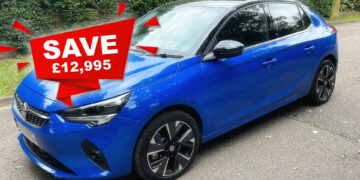


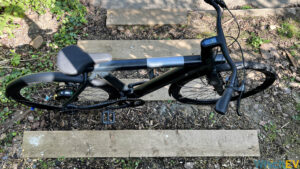
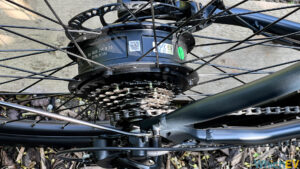
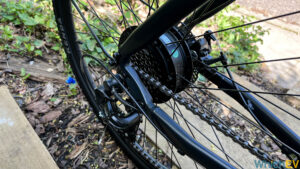



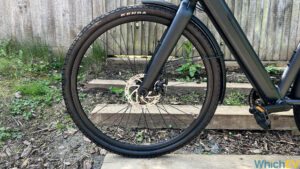




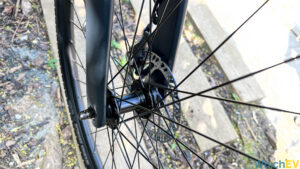
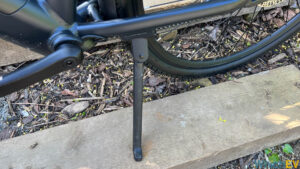
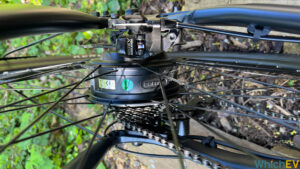

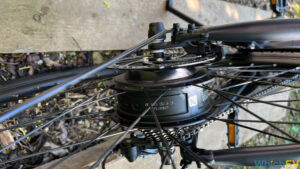
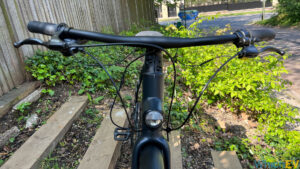
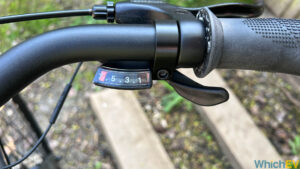

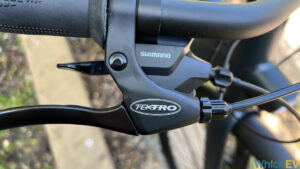


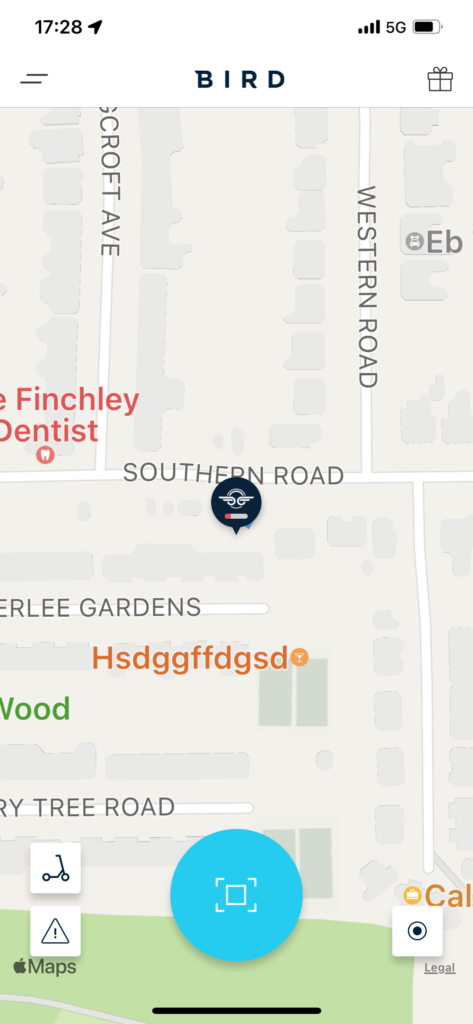

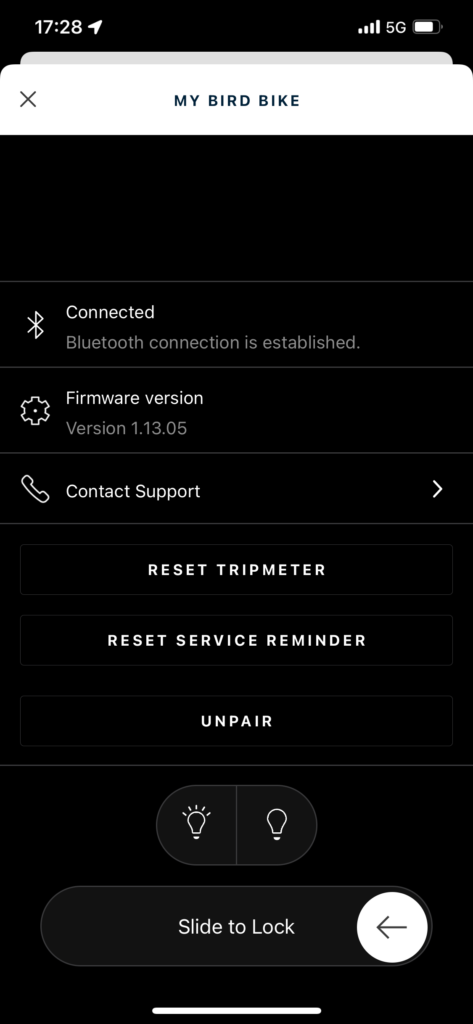

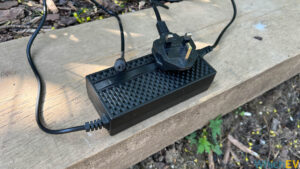

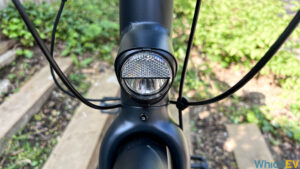
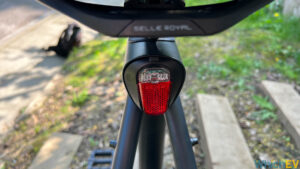


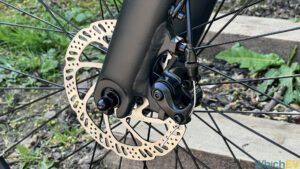
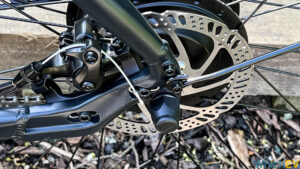









Discussion about this post